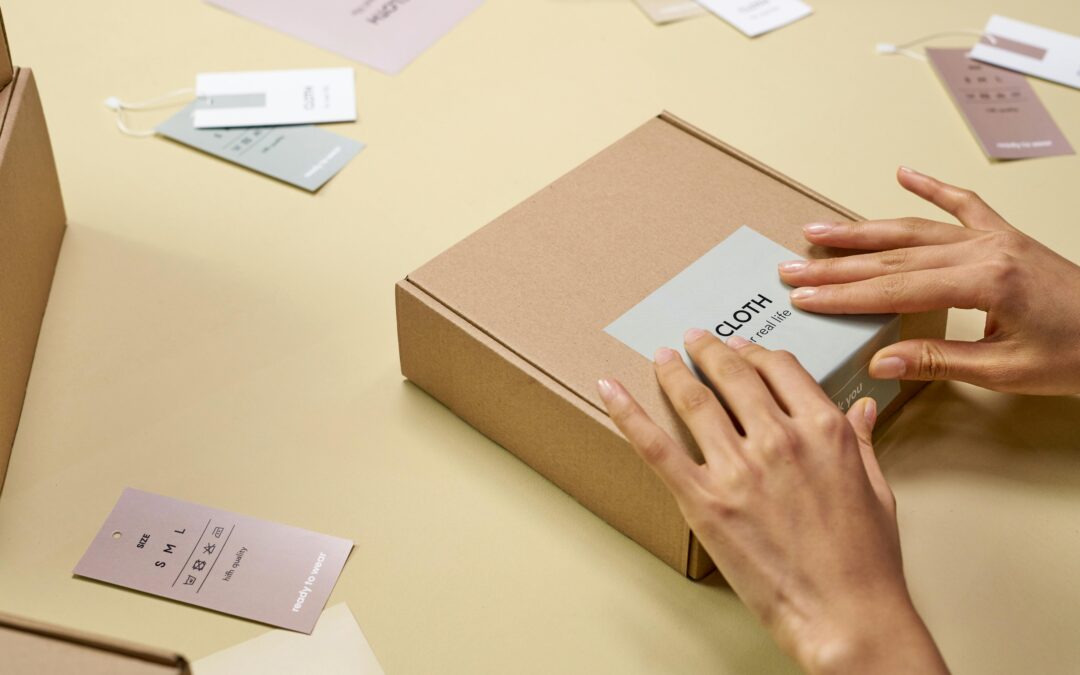
Designed by Ron Lach
You’re sitting on your couch, scrolling through reels like you do on any other day, suddenly an influencer shows up on your feed, glowing skin, selling you a shampoo bottle, saying it’s eco-friendly, organic and sustainable.
A few swipes later, you find someone showing off their “sustainable fashion haul.” Then comes an ad for a “planet-friendly cereal brand” highlighting their recyclable packaging.
You don’t think much of it, but at the grocery store, you pick up the cleaning spray with a green leaf and the word natural slapped across the label.
Feels like the better choice, right? We’ve all done it. Somewhere between the scrolls and supermarket aisles, you start believing these things are actually making a difference.
But what if we’re not just being sold products, what if we’re being brainwashed? Or more specifically, greenwashed.
Greenwashing is an unethical practice when brands exaggerate or falsely advertise their products as sustainable to win our trust. It’s branding dressed up as ethics, designed to make you and me feel good while keeping profits even better.
Let’s look at how this actually plays out.
In 2021, H&M’s Conscious Collection was investigated for using vague green terms to appear eco-friendly. A report by the Changing Markets Foundation found that 96% of its sustainability claims were misleading or unsubstantiated.
Nestlé, a brand that proudly claims it’s “leading the fight against plastic waste”, has been consistently ranked among the top three global plastic polluters from 2018 to 2022, according to the Break Free From Plastic Brand Audit. It’s the corporate version of saying I care while leaving trash at the beach.
Just because a brand says it’s sustainable doesn’t mean it is.
These are just the big names we know of; imagine how much of it flies under the radar.
So, how do we know what’s actual sustainability and what’s just marketing?
The truth is, greenwashing often hides in plain sight.
A few red flags to watch out for: buzzwords like “natural,” “eco,” or “green” without any data or certification to back it up.
It could be focusing only on the packaging, like a biodegradable bag, while the product inside is just as harmful. If a company’s sustainability efforts only show up in ads, taglines, not in action, that’s your cue to dig deeper.
Some industries make greenwashing easier, and fast fashion tops that list. Fast fashion brands churn out endless collections and still manage to slap on labels like “eco-conscious” or “made responsibly”.
Behind it? A supply chain no one can trace—low wages, high water use, and synthetic fabrics that don’t break down for decades. It’s hard for shoppers to fact-check, and brands know it. One mention of “organic cotton” can drown out the reality of mass production and textile waste. In industries like this, greenwashing isn’t rare; it’s part of the business model.
A shampoo in a “recycled” bottle doesn’t mean much if the brand still tests on animals or uses harmful ingredients. We should also be wary of brands that shout sustainability only during Earth Day or in ads but stay silent the rest of the year.
Another bigger problem?
Greenwashing slows down the fight against climate change. It gives the illusion that things are moving in the right direction when, in reality, brands are just stalling. While companies slap “eco” on a label and launch a one-time Earth Day campaign, the emissions keep rising, landfills keep overflowing, and real climate solutions take a backseat.
It delays progress by creating a comfort zone, a false belief that we’re already doing enough. That comfort is dangerous. Climate change doesn’t care if brands get their messaging right.
Every misleading green claim, every unverified eco-label, every hollow promise pulls attention and resources away from innovations and policies that could actually make a difference.
Governments and policymakers see the same façades we do. If brands appear to be self-regulating, there’s less pressure to create stricter laws, and that’s dangerous.
Worst of all, greenwashing buries the brands that are actually trying. The small businesses doing the hard work, sourcing responsibly, cutting waste, and paying fair wages get drowned out in a sea of fake green.
Meanwhile, high-emission industries keep doing business as usual.
Amidst all the noise, how do you spot sustainability that’s real?
Start with transparency, brands that truly care don’t hide behind vague terms. They show where their products come from, how they’re made, and who makes them. They don’t just highlight one green feature; they take accountability across their entire process.
Look for clear labelling that speaks in plain language, not marketing jargon. A label that states “Made with 100% recycled cotton” is direct and verifiable; you can often trace its raw material source. In contrast, a phrase like “inspired by nature’s purity” may sound appealing but is ultimately vague and uninformative.
Check for third-party certifications, the kind that can be verified, not just claimed. Genuine brands also offer traceability, letting you follow the product’s journey from raw material to shelf.
Real sustainability is about actively doing better. The brands that mean it don’t wait for Earth Day to talk about it. They show their work all year round.
You don’t need to be an activist to make an impact, just a conscious consumer.
Every choice you make, from what you buy to what you question, sends a signal. Start small: read the label, research the brand, ask where your product comes from. Support businesses that are transparent and accountable, not just trendy. The more we reward real sustainability, the harder it becomes for greenwashing to survive.
Change begins in everyday decisions, shopping carts, and conversations. That makes every one of us a potential change agent.
So let’s stop settling for feel-good marketing and start demanding real change. Because the planet doesn’t need perfect consumers, it needs aware ones.

